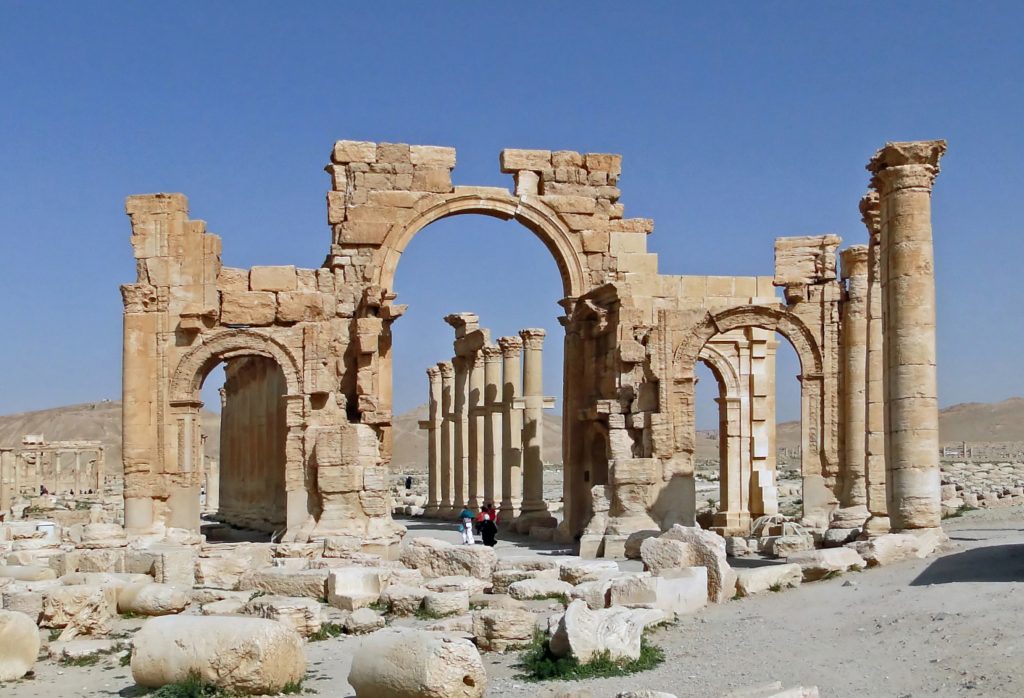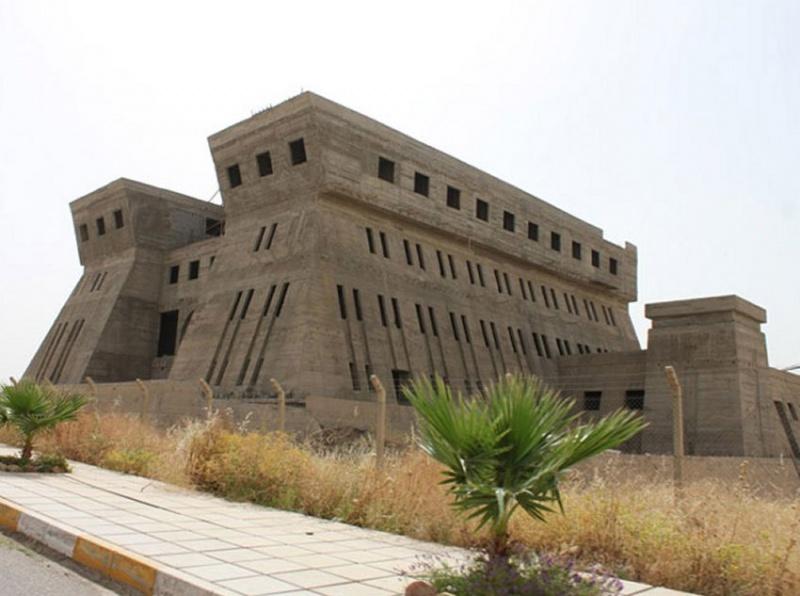Summary: Terrorist Organisations like ISIS and al-Qaeda have destroyed the heritage sites at Nimrud, Palmyra Monuments, Bamiyan Buddhas, sites in Kismayo, Samarra in Iraq and many more. Preserving heritage sites are a duty for the present generation of humans for the future.
UNESCO had approved a proposal to send UN peacekeepers to protect heritage sites around the world from various threats, primarily from terrorist attacks and destruction by militants. Through this way many historical monuments can be saved and preserved for future.
The United Nations (UN) created in 1945, shortly after the end of World War II to Maintain worldwide peace and security, Developing relations among nations, Fostering cooperation between nations in order to solve economic, social, cultural, or humanitarian international problems.
Since its inception United Nations was challenged by Ideology (Communism vs Capitalism). 1991 saw the end of ideology with disintegration of Soviet Russia. However Regime Change, weapons of mass destruction spread of Democracy, globalization, rise of Islam led to new conflicts like rise of Taliban, Al Qaeda, ISIS, Let, Harqat ul Mujahedeen and thousands of more Terrorist organizations.
These Terrorist Organisations started targeting, bombing, damaging, looting, destroying monuments: architectural works, works of monumental sculpture and painting, elements or structures of an archaeological nature, inscriptions, cave dwellings and combinations of features, which are of outstanding universal value from the point of view of history, art or science which are of outstanding universal value from the historical, aesthetic, ethnological or anthropological point of view.

ISIS or Islamic State itself destroyed Ancient City of Nimrud Palace and Temples belonging to 9 BC Century. The Mosul Library and Museum, was bombed using explosives to destroy the city’s public library, and with it, 100,000 books and manuscripts. A UNESCO official called the razing of the library “one of the most devastating acts of destruction of library collections in human history.
They have destroyed Palmyra Monuments, Bamiyan 1,700-year-old statues of Buddha, Islamists from al-Qaeda and Ansar Dine overran the ancient city of Timbuktu in Mali, a UN World Heritage Site. Somali group al-Shabaab destroying Sufi (mystical Islamist) graves and shrines in Kismayo, Somalia’s third-largest city, in 2008. In 2006, the height of the Iraqi civil war, al-Qaeda in Iraq bombed the al-Askari mosque, one of the world’s holiest Shia shrines, built in the city of Samarra in the year 944.
Numerous Churches of Historical importance was also destroyed by them eg The Assyrian Green Church in Tikrit, originally built in the year 700. ISIS had blown Armenian Genocide Memorial Church in Deir ez-Zor, Syria. According to the UN, ISIS has attempted to destroy what remains of Hatra itself. The city, a UN World Heritage Site, may have been demolished entirely. That includes the Temple of Shamash.

ISIL uses a unit called the Kata’ib Taswiyya (settlement battalions) to select targets for demolition. Though they are a force or not are threat to Heritage Sites. UNESCO Director-General Irina Bokova branded the ISIL activities in this respect as “a form of cultural cleansing” and launched the Unite4Heritage campaign to protect heritage sites threatened by extremists.
Although Libya, Syria, and Iraq ratified the Hague Convention for the Protection of Cultural Property in the Event of Armed Conflict in 1957, 1958, and 1967 respectively, it has not been effectively enforced.
Noting that the cultural heritage and the natural heritage are increasingly threatened with destruction the Italy’s culture minister Dario Franceschini has called for the creation of a UN peacekeeping force to protect the world’s heritage sites. UNESCO had approved Italy’s proposal to send UN peacekeepers to protect heritage sites around the world from various threats, primarily from terrorist attacks and destruction by militants. Through this way many historical monuments can be saved and preserved for future.
At last one can say that this Cultural Force can intervene to protect in situations of war and conflict to defend monuments and archaeological sites in conflict zones. It is just the beginning. Italy has volunteered a team of military police and civilian experts to share their experience with countries whose own artistic sites might be at risk. Italy will bear the costs of deploying the task force and their eventual activities with United Nations. India also has to intervene with United Nations and Italy to protect and preserve ancient artifacts after all we are the Ancient Civilization.
(Author is a Political Analyst, Columnist, International Affairs and Korea Expert)
M.AM.PhiL/(PhD SNU South Korea)
